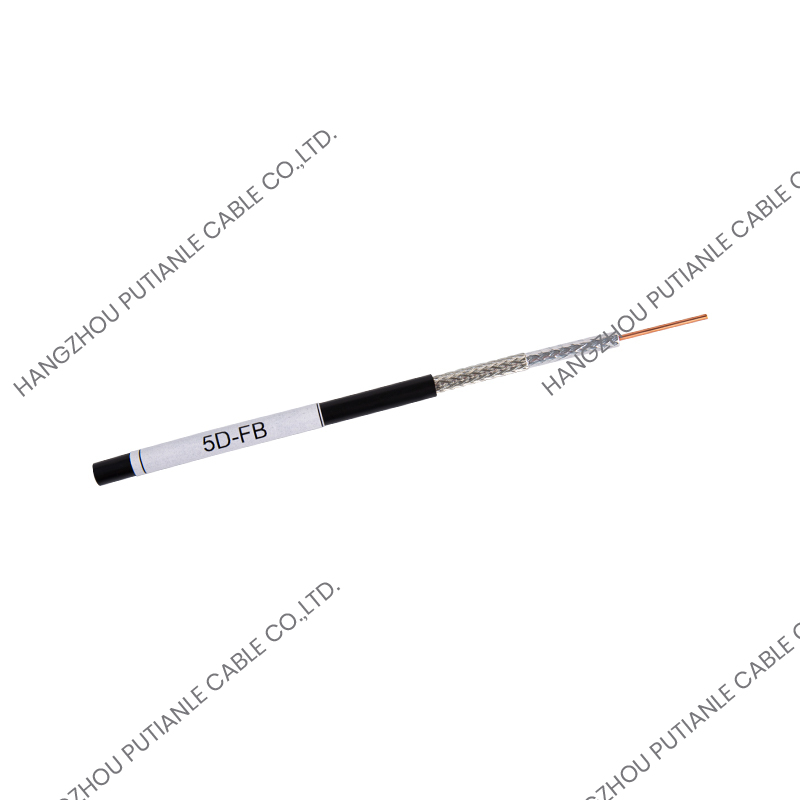In the world of modern electronics and communication systems, the quality and efficiency of signal transmission are paramount. One of the critical components that ensure high-quality signal integrity is the 50 Ohm braiding cable. This specialized cable, known for its precise impedance and durability, plays a vital role in applications ranging from telecommunications to medical devices and beyond.
The characteristic impedance of 50 Ohms is crucial because it allows the cable to match the impedance of most radio frequency (RF) systems, ensuring minimal signal loss and optimal power transfer. This impedance is designed to provide a balanced performance for both the transmission and reception of signals in RF communication systems.
One of the standout features of 50 Ohm braiding cables is their high-quality shielding. The braided layer serves as a shield against electromagnetic interference (EMI), which could otherwise degrade the quality of the transmitted signal. The shielding is particularly important in environments with high levels of electrical noise, such as industrial settings or areas with multiple communication devices.
The 50 Ohm impedance ensures that the cable has low signal loss, making it ideal for long-distance signal transmission. This is crucial in applications where maintaining the integrity of the signal over considerable distances is important, such as in broadcast networks, radar systems, and satellite communications.
The braided outer layer not only protects the inner components but also provides flexibility. This allows the cable to be bent and routed through various setups without compromising its integrity. The durability of the braiding ensures that the cable can withstand mechanical stresses, vibrations, and external physical impacts, extending its lifespan in demanding environments.

50 Ohm braiding cables are often designed to operate across a wide temperature range. Whether used in outdoor environments exposed to weather extremes or in sensitive indoor equipment, these cables are capable of maintaining performance even in harsh conditions. Many are designed to be resistant to moisture, UV radiation, and chemicals, making them suitable for outdoor or industrial applications.
The central conductor in 50 Ohm braiding cables can be made from various materials, including solid copper, copper-clad steel, or tinned copper. These conductors are chosen for their ability to efficiently carry high-frequency signals while minimizing attenuation and maintaining the quality of transmission.
The primary advantage of 50 Ohm braiding cables is their ability to maintain signal integrity over long distances. In high-frequency applications, signal degradation can occur due to factors like impedance mismatch and interference. The 50 Ohm impedance ensures that the cable provides optimal power transfer and minimal reflection, resulting in a clearer and more reliable signal.
These cables are highly versatile and can be used in a wide range of applications, from telecommunications to military systems. Their ability to transmit high-frequency signals with minimal loss makes them ideal for use in antennas, base stations, GPS systems, and even satellite communication systems. Additionally, their durability and flexibility make them suitable for installations in both permanent and temporary setups.
When compared to other types of coaxial cables with higher impedance values, 50 Ohm braiding cables are generally more cost-effective. This makes them an attractive choice for mass-production applications, where budget considerations play a significant role in the selection of components.
The 50 Ohm impedance is often the ideal match for most RF systems, including communications and networking equipment. By using cables with the same characteristic impedance as the system, manufacturers can ensure maximum poal signal loss. This is especially important in wireless communication systems, where signal strength and quality are critical.
The flexible nature of 50 Ohm braiding cables, combined with their durability, makes them easy to install in a variety of environments. They can be routed through tight spaces, bent around corners, and connected to various components with ease. Their ruggedness also means that they are less likely to be damaged during installation, reducing the risk of costly repairs or replacements.
50 Ohm braiding cables are widely used in telecommunications for the transmission of radio frequency signals. They are integral to cellular networks, radio towers, and broadband systems. These cables allow high-speed data transmission, enabling voice and internet services to reach millions of people globally.
In the broadcasting industry, 50 Ohm braiding cables are used to connect various components such as microphones, cameras, transmitters, and receivers. These cables ensure the high-quality transmission of video and audio signals over long distances without significant loss of quality.
The medical field relies on 50 Ohm braiding cables for transmitting signals in various types of diagnostic and imaging equipment, including MRI machines, ultrasound systems, and ECG monitors. The reliable transmission of these signals is crucial for accurate diagnosis and patient care.
In military and aerospace applications, signal reliability is critical, and 50 Ohm braiding cables are often used in radar systems, satellite communication, and other high-stakes operations. Their ability to perform under extreme conditions, including high-altitude environments, makes them indispensable in these industries.
Modern vehicles rely on a variety of RF systems for navigation, vehicle tracking, and communication. 50 Ohm braiding cables are used to connect GPS antennas, communication systems, and sensor networks in automobiles. Their low signal loss ensures that vehicles maintain accurate positioning and communication, even in challenging environments.


 中文简体
中文简体 English
English Español
Español














